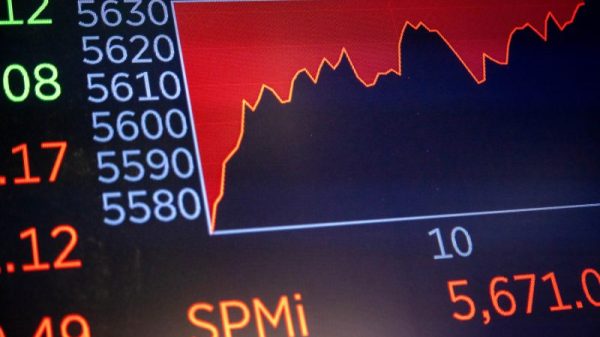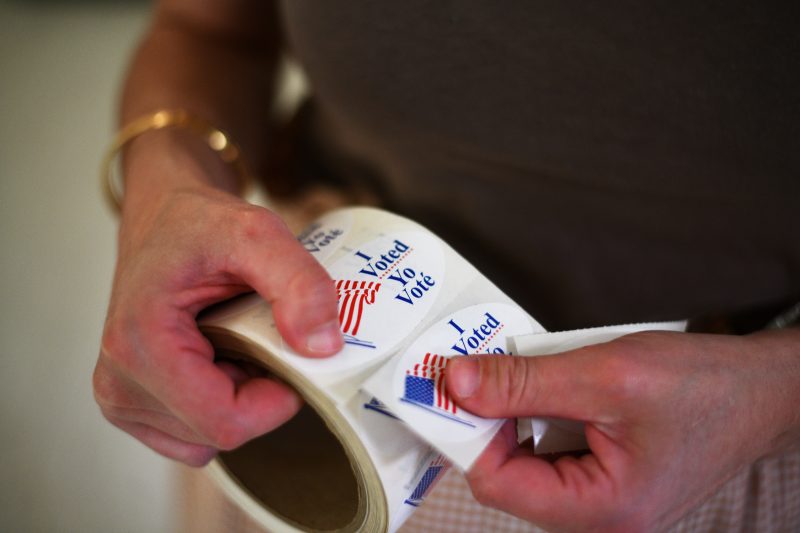When President Joe Biden announced his decision not to seek reelection, The Washington Post’s average of polls (like those of other media outlets) began to shift toward the Democrats and to their new nominee, Vice President Kamala Harris.
What wasn’t clear, though, was where that movement would stop: Would Harris’s lead keep growing, giving her the sort of lead presidential politics hasn’t seen since 2008? Or was this more of a reversion to the recent norm, giving Harris a slight edge nationally and in swing states, one that might be eroded on Election Day?
By now, it seems clear that the situation is the latter. The Democratic convention is small enough in the rearview mirror that any effects are now baked into the numbers, as is Robert F. Kennedy Jr.’s endorsement of Republican nominee Donald Trump. Maybe those things canceled each other out; maybe neither had much effect. But the polls are about where they were a few weeks ago regardless; the national margin average shifted to Harris by less than 1 point.
In nine swing states tracked by The Post, Harris holds leads in six. If she wins those six states, she’ll secure 64 electoral votes to Trump’s 43 — giving her a narrow, 14-vote electoral college victory. But in three of those states, her advantage is less than three percentage points. In every state, the confidence interval in our average allows for either candidate to win.
One of Harris’s better recent polls was published Wednesday by Marquette University Law School. It showed Harris with a four-point lead in a state that has been decided by less than a percentage point in each of the past two presidential election cycles.
That can or will change. What’s perhaps more useful to consider, instead, is another part of the poll: the part in which Marquette tracked a jump in enthusiasm among Democratic voters. A month ago, 6 in 10 Democrats said they were very enthusiastic about voting in November. Now, 7 in 10 do. Among Republicans, about 6 in 10 expressed that level of enthusiasm in each poll.
This — enthusiasm, turnout — is the fundamental question moving forward. If polls continue to show slight advantages for Harris or Trump, their ability to get people to actually cast ballots can swing the results in the opposite direction.
Sure, Taylor Swift’s endorsement was a nice feather in Harris’s cap. But it was the singer’s encouragement for her fans to register and vote — a message many immediately took to heart — that may be most consequential. That pitch increases the number of (mostly) young (mostly) women who vote. They will probably vote (mostly) for Harris.
Early voting begins within a matter of days in a number of states, votes that can be banked by campaigns right away. Historically, Democrats are better at this. Anecdotally, they were better in Pennsylvania in 2020, helping Biden win. This year, Trump’s campaign has mostly abandoned a coordinated turnout operation, leaving it instead to outside groups that will not always be keeping Trump’s election at the top of their priority lists. But Democrats are better at turning out infrequent voters because Republican voters — often older and wealthier — generally need less prodding.
The challenge for political observers is that turnout is hard to predict. We can assume, for example, that a lot of voters will cast ballots in November (or before), motivated by a desire to protect access to abortion. But this is hard to measure. Yes, surges of those voters helped shift ballot initiative results and some elections. Will that pattern hold for a high-turnout presidential race? Will other issues emerge that tamp down on or spur new enthusiasm on one side or the other?
It’s also possible, of course, that the polls aren’t done moving. Harris’s rise has stalled, but her strong performance in the debate could inject a bit more movement in her direction. Maybe the Swift endorsement adds a percentage point somewhere, too — who knows?
The safe assumption, though, is that Election Day will arrive with national and state polls looking something like the way they do today. In which case the next president of the United States will probably be decided by who decides to vote more than how Americans view the candidates.
Lenny Bronner contributed to this report.


































